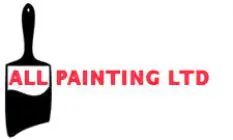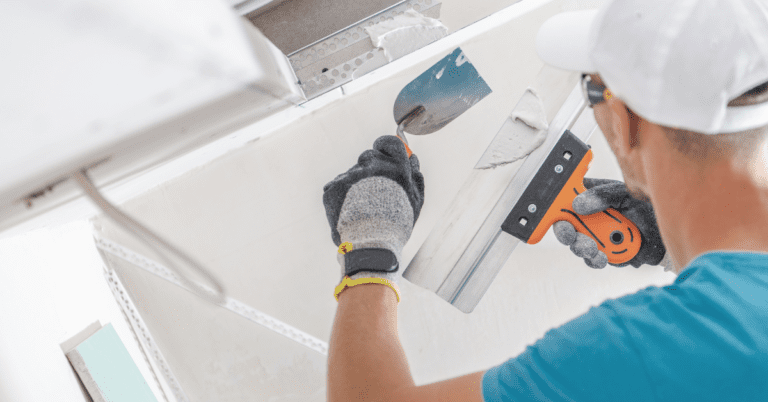When it comes to patching and repairing walls, the two most popular options are drywall mud and spackle. While both products have their advantages and disadvantages, many people wonder if one is better than the other. In this article, we will compare and contrast drywall mud and spackle to help you decide which one is best for your project.
Which One Is Better?
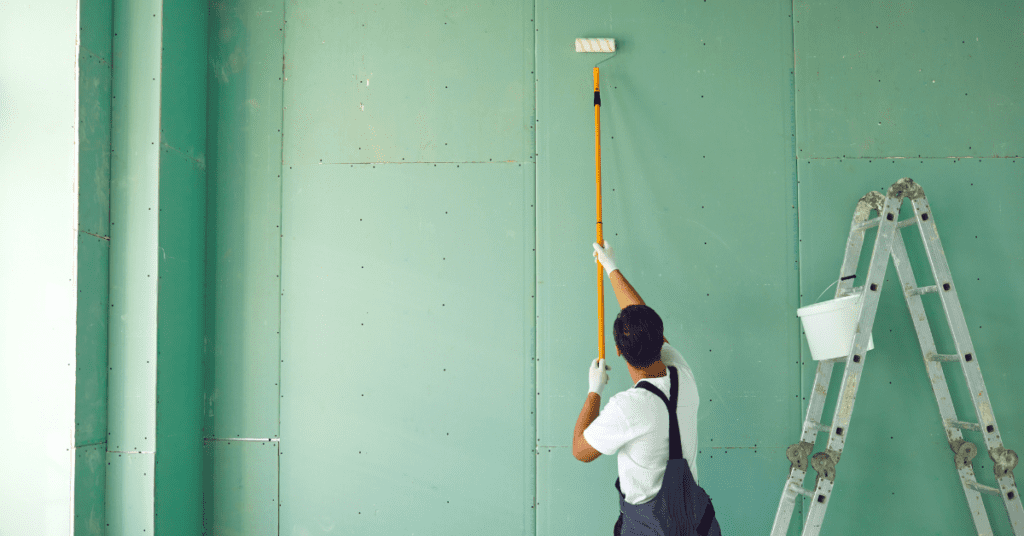
Ultimately, the choice between drywall mud and spackle will depend on the project you are working on. If you are completing a large repair or finishing seams, drywall mud is the better choice. It is more durable and can be sanded to a smooth finish. However, if you are completing a small repair or need to finish a project quickly, spackle is the better option. Here are the following advantages and disadvantages of both:
Advantages of Drywall Mud
- Dries Harder: When drywall mud dries, it becomes rock-hard and durable, making it an ideal choice for areas that will experience a lot of wear and tear.
- Can Be Sanded: Drywall mud can be sanded to a smooth finish, allowing you to achieve a professional-looking result. Once drywall mud dries, it can be sanded to a smooth finish, and choosing the right grit of sandpaper for drywall repair can enhance the end result.
- Versatile: Drywall mud can be used for a variety of applications, including taping, finishing, and texturing.
Disadvantages of Drywall Mud
- Longer Drying Time: Drywall mud takes longer to dry than spackle, which can be an inconvenience if you need to complete a project quickly.
- More Difficult to Apply: Drywall mud requires more skill to apply than spackle, making it more challenging for beginners. Although drywall mud requires more skill to apply, if done correctly and followed by the right sanding between coats of interior paint, you can achieve a flawless look.
Advantages of Spackle
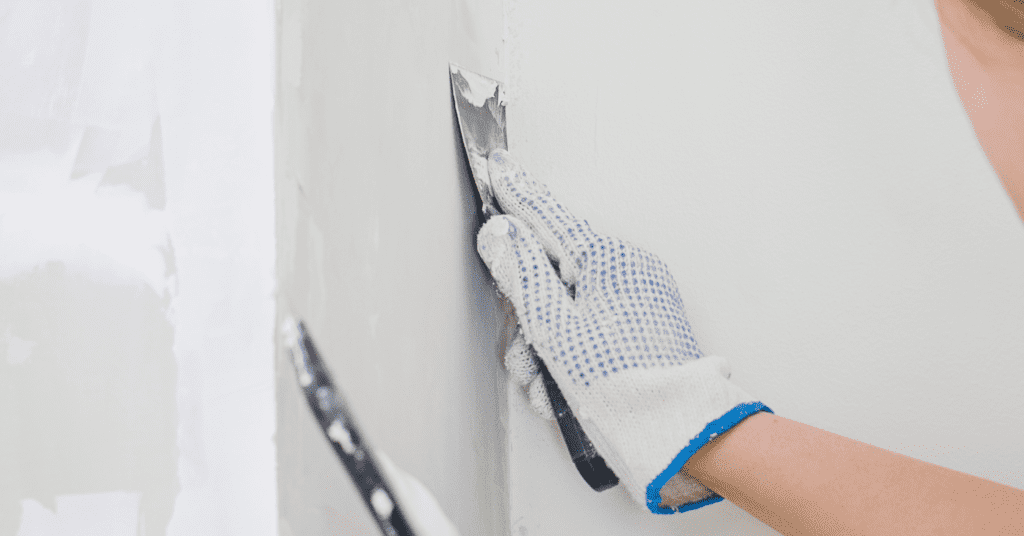
- Dries Quickly: Spackle dries much faster than drywall mud, making it an ideal choice for small repairs or quick projects.
- Easy to Apply: Spackle is easy to apply, making it a good choice for beginners or anyone who wants to complete a project quickly.
- Good for Small Repairs: Spackle is ideal for small repairs, such as nail holes or hairline cracks. While spackle is ideal for small repairs, ensuring a good finish also depends on the quality of painting; find out how to know if your painter did a good job afterward.
Disadvantages of Spackle
- Not as Durable: Spackle is not as durable as drywall mud and is more likely to crack or shrink over time.
- Limited Applications: Spackle is only suitable for small repairs and cannot be used for taping or finishing seams.
It’s also worth noting that there are different types of drywall mud and spackle available, each with its own specific properties and applications. For example, there are lightweight drywall muds that are easier to work with and faster drying, and there are specialty spackles designed for specific uses, such as filling large holes or covering textured surfaces. Just as there are different types of drywall mud and spackle for varied uses, understanding the different types of interior paint can help you choose the best one for your project.
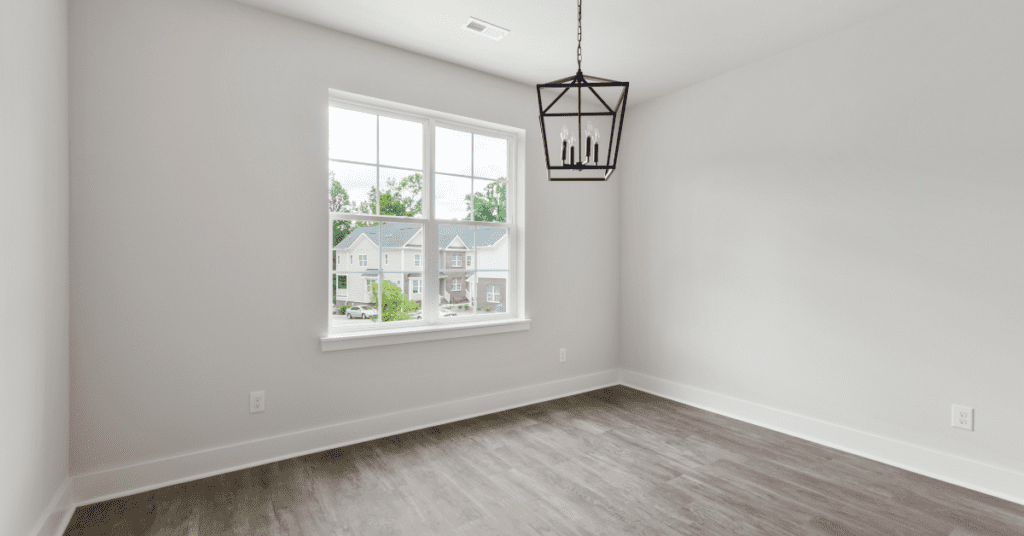
In conclusion, the choice between drywall mud and spackle depends on the specific needs of your project. When dealing with wall damages, before deciding between drywall mud and spackle, consider whether you should repair or replace drywall in the first place. Drywall mud is recommended for larger repairs or when durability and a smooth finish are crucial. Given that drywall mud dries harder and offers more durability, this can extend the life expectancy of drywall in your home. It offers the advantage of drying harder and can be sanded for a professional result. On the other hand, spackle is a better option for quick projects or small repairs. It dries quickly, is easy to apply, and works well for filling nail holes or hairline cracks.
However, spackle may not be as durable and has limited applications compared to drywall mud. It’s important to consider the specific characteristics and requirements of your project before making a decision. Additionally, keep in mind that there are different types of drywall mud and spackle available, each tailored to specific uses and preferences. our choice between drywall mud and spackle may also affect subsequent steps in renovation; for instance, deciding whether you should paint the trim or walls first during a painting job. By understanding the advantages and disadvantages of both products, you can make an informed choice and achieve the best results for your wall repair or renovation project.
